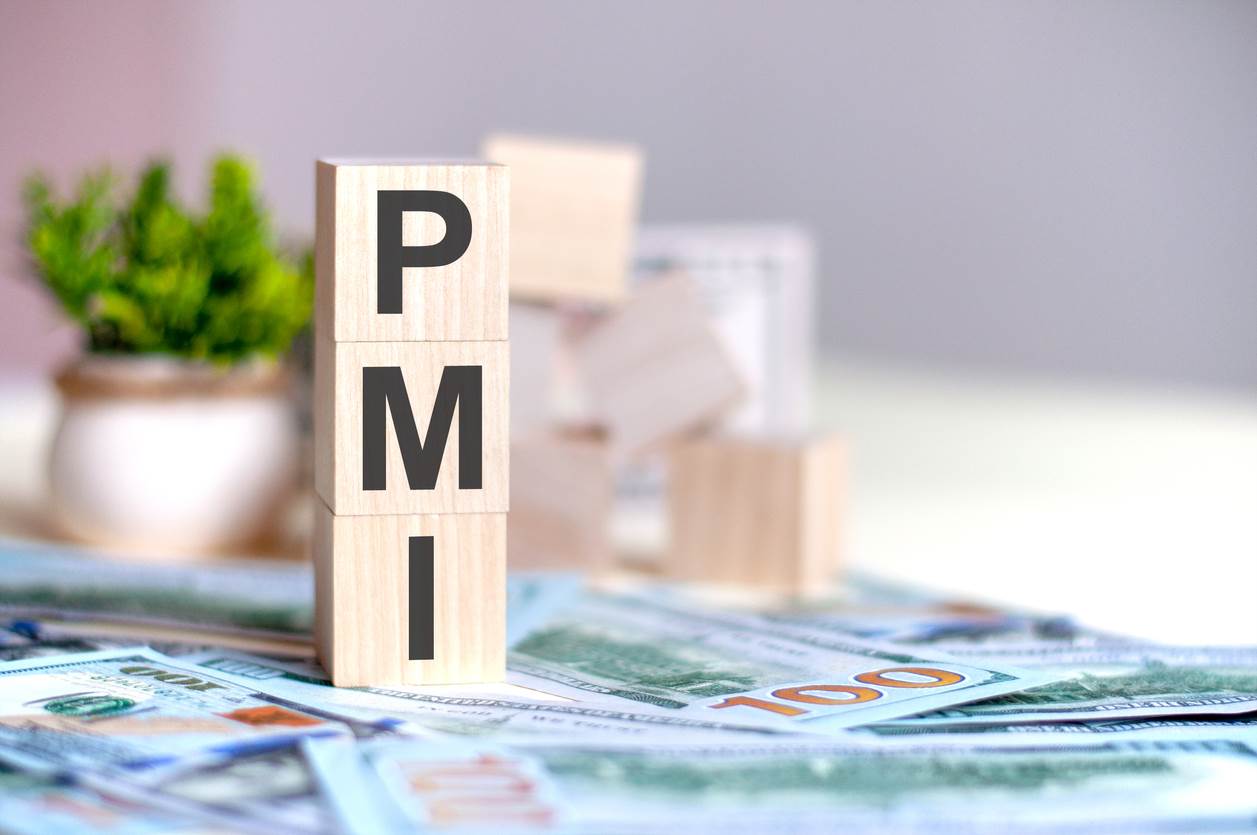Buying a home may feel intimidating, especially when you start thinking about saving for the down payment. Without a sufficient down payment, you likely will need to buy private mortgage insurance (PMI).

It’s actually very common – in 2020, over 2 million homeowners started paying premiums for PMI.
But what exactly does PMI mean and who needs it?
What Is PMI?
Private mortgage insurance, often called PMI, is a type of homeowner’s insurance that is used with conventional loans.
If you buy a house and don’t have the cash for a 20% down payment on your loan, you’ll need to purchase PMI. This is one more way to protect the lender, just in case you are not able to pay the mortgage.
When you have PMI in most common mortgages, you’ll pay a monthly insurance premium. This is lumped in with your total monthly mortgage payment, which also includes your principal and interest, property taxes, and homeowner’s insurance. (However, there are other options catered to your personal loan scenario, which we’ll talk about below.)
Then if you ever default on your loan, the coverage will pay a portion of the balance due to your mortgage lender.
The downside is PMI increases the cost of your conventional home loan. This insurance also doesn’t protect you personally if you’re not able to pay the mortgage; it only protects the lender. So it doesn’t prevent you from foreclosure or protect your credit score if you get behind on mortgage payments.
The good news? While PMI makes your loan more expensive, it helps you out if you’re unable to put 20% down when buying a house. PMI can help you qualify for a loan that you might not be able to get otherwise.
There are 4 types of PMI:
- Borrower-paid mortgage insurance: your monthly bill includes your premiums. This is the most commonly preferred method; it breaks out the total PMI and is amortized into the loan itself. There is no upfront amount cost.
- Lender-paid mortgage insurance: This you’ll pay a higher interest rate on the mortgage to offset the cost of the PMI. This option is most common when buyers need to lower their debt-to-income ratio by a fraction, but also don’t want to or can’t pay the PMI in full, up-front. This single-premium amount, could be several thousand dollars.
- Single-premium mortgage insurance: the entire cost of insurance is in one payment.
This option is common in a few scenarios:
- You need to lower your monthly payment for debt-to-income purposes to qualify for a loan, but also have the funds available to pay the PMI in full.
- There is also a slight discount in the total PMI by paying in full and upfront, lowering your total amount of PMI paid over time. (However, if you do not plan to live in the home for more than 5-7 years, or potentially foresee refinancing for any reason in the next few years after the loan originates, then paying in full, upfront could negate the savings anticipated over time.)
4.Split-premium mortgage insurance: There is a large upfront fee in order to reduce monthly payments. There is also a small discount for paying a portion upfront rather than over time, but you will also have a decreased monthly payment in the PMI as well. This is typically the least commonly chosen option.
How much is PMI?
The cost of PMI you pay depends on several things:
- The size of your loan and your loan-to-value (LTV) ratio
- The amount of your down payment
- Your credit score
Keep in mind that PMI payments don’t go towards the payments of your mortgage. These payments are separate from paying off your mortgage loan.
When Can I Stop Paying PMI?
PMI payments are not forever!
Once your mortgage balance reaches 80% loan to value or less based on the most recent appraised value, the Homeowners Protection Act lets you request to cancel the coverage.
Once you hit 78% LTV, the PMI will automatically drop off your loan.
You may also be able to cancel PMI based on the following scenarios:
- If you’ve made payments between two and five years, the LTV ratio must be 75% or less based on appraised value.
- If you’ve had your loan for five years, the loan to value ratio must be 80% or less.
- If Fannie Mae’s minimum two-year payment requirement is waived because you’ve increased the value of your property by making improvements. The LTV ratio must be 80% or less. (Also note: you must provide details regarding the property improvements made since the mortgage loan’s origination. The improvements that increase the value are typically renovations that improve marketability and extend the useful life of the property. Repairs made to keep the property maintained and fully functional are not considered improvements, however.)
Estimating the cost of PMI before you get a mortgage can help you determine how much house you can afford. Contact me or any INB mortgage lender to crunch your numbers, so you know exactly what costs you’re getting into when you purchase your home!